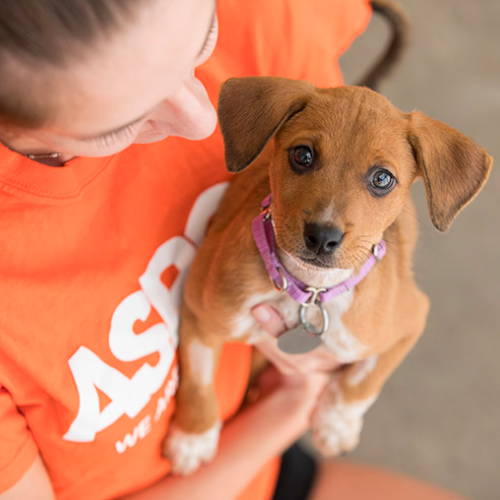Autumn Blaze Milkweed Seeds For Planting (Asclepias species)
Shipped by Seed Needs
Seed Needs items ship for $3
Order 2+ items for FREE shipping
More Information
as low as $2.99
100 Seeds Per Packet


About
Growing
Reviews

NON-GMO?

HEIRLOOM?

UNTREATED?

ORGANIC?
A SEED COMPANY ON A MISSION FOR CHANGE

OUR KIDS
100+ KIDS

ASPCA
$400 MONTHLY

St. Jude
$250 MONTHLY





